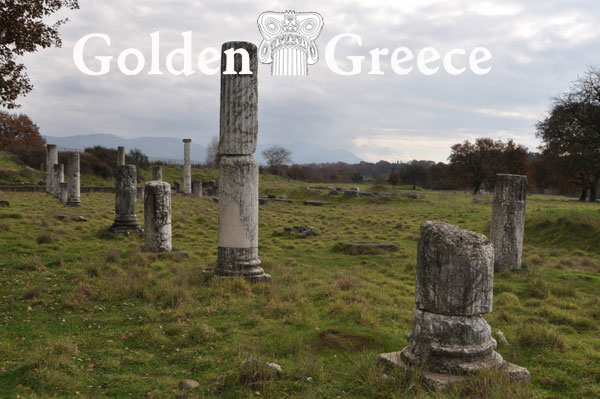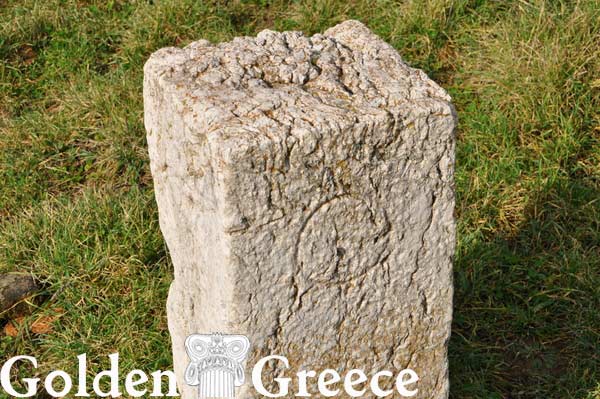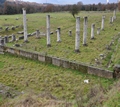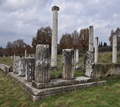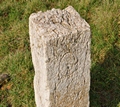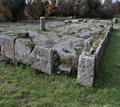
The archaeological site of the ancient Great City is located 3 km. outside the current city of Megalopolis, near the road Megalopolis - Karytaina, and 35 km from Tripoli. Nearby flows the Elissa river which flows into Alfeios.
Megalopolis was founded in 371 BC. from the settlement of various Arcadian towns with the assistance of the Theban general Epaminondas. The city declined in post-Roman times and during the Middle Ages the inhabitants dispersed to neighboring settlements.
The most important monuments of the Archaeological site are:
1) The Ancient Theater (4th century BC).
2) The Ancient Agora. It includes the following excavated monuments: the Sanctuary of Zeus Sotiros, the Philippian Stoa and part of the Myropolidos Stoa.
3) Remains of the walls.
4) The Thersileian Parliament
The central monument is the Ancient Theater, which is a great testimony of the mighty Arcadian Federation and the mighty Great City, the youngest city of ancient Arcadia, which experienced glory and greatness, but was lost within two centuries. As Pausanias informs us, "On the other side of the river, in the middle of the sea, there was the largest theater in Greece" (Paus. VIII 32.1), the theater was the largest and oldest theater in ancient Greece. It was built by the Argite Polykleitos shortly after 370 BC. The hollow had a diameter of 145 m., while its orchestra was about 30 m. It is thought that the hollow included two diazomes, with 20 rows of sockets in its two lower parts and 17 in the upper part. Following this, it is estimated that its capacity was approximately 18,200 spectators.
The theater was designed to be large enough to accommodate the gatherings of the representatives of the 40 Arcadian cities surrounding the Megalopolis, as well as all the Arcadians who wanted to attend them. For the theatrical performances, a mobile wooden stage was built on wheels, which was dragged to the theater, where it was kept. Later it became the proscenium with dimensions of 31 x 7 m. During the heyday of the Great City, when it was the "navel of the Arcades", the theater reached its full development. Pausanias even affirms that in the theater "there is an eternal spring of water". Then the stone presidency was also built.
In 1890, the excavations of the British Institute (1890 - 1891) revealed the orchestra, the proscenium, part of the presidium, the lower stone bleachers, the imposing lintels of the aisles and the foundations of the stage. Today, newer excavations are underway in the area of Thersylion.
Continuation of the theater, on the north side is the Thersileian Parliament of the Arcadian Federation (Coinum of the Arcadians) and the Ancient Agora. Excavations have revealed their remains. The Thersilium was supported by marble pillars and could hold 6000 people standing and 10000 standing. It is also estimated that the wall of the ancient city was 8850 meters long.
Source: UNIVERSITY OF PATRAS
arcadia.ceid.upatras.gr


